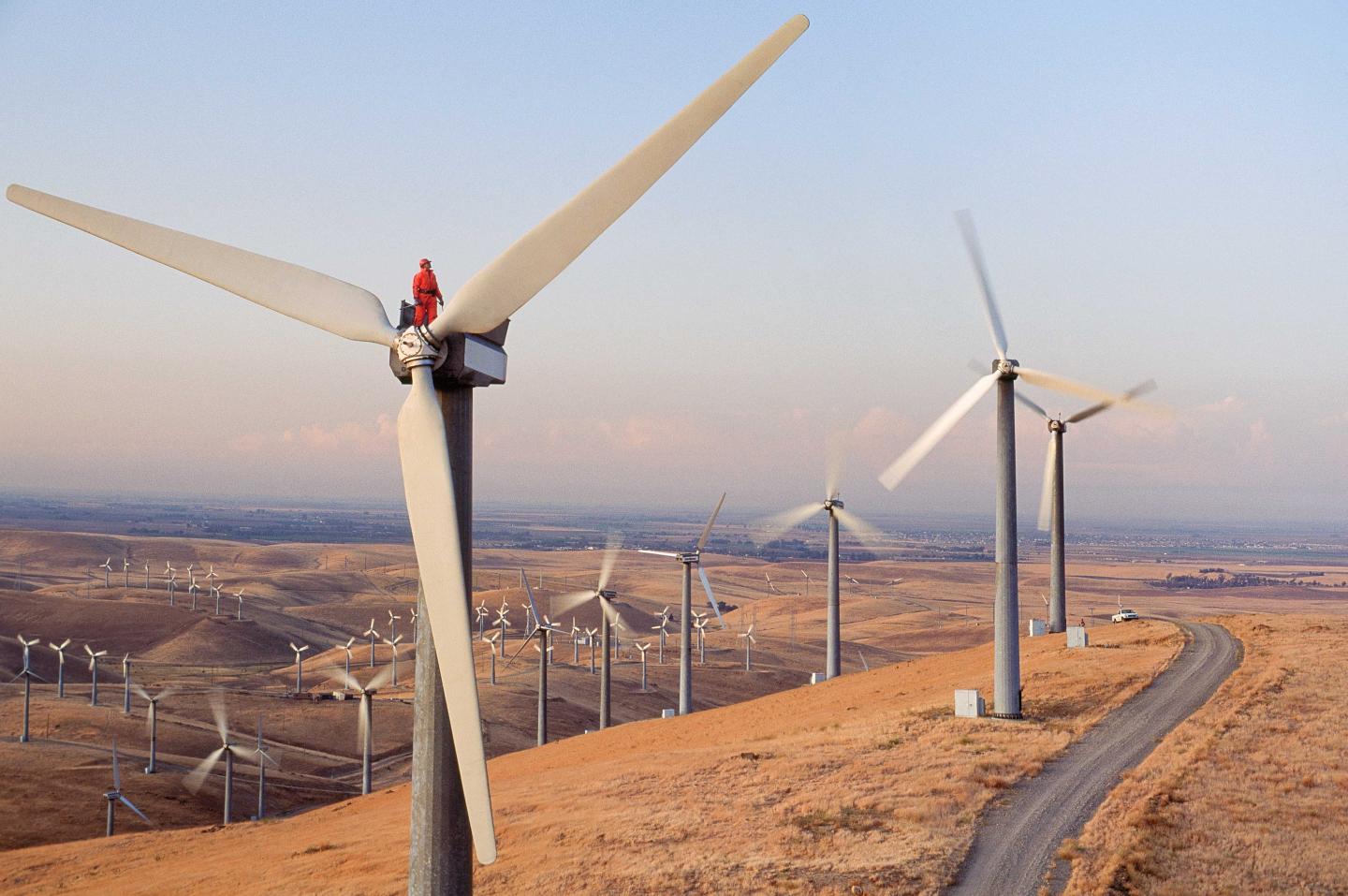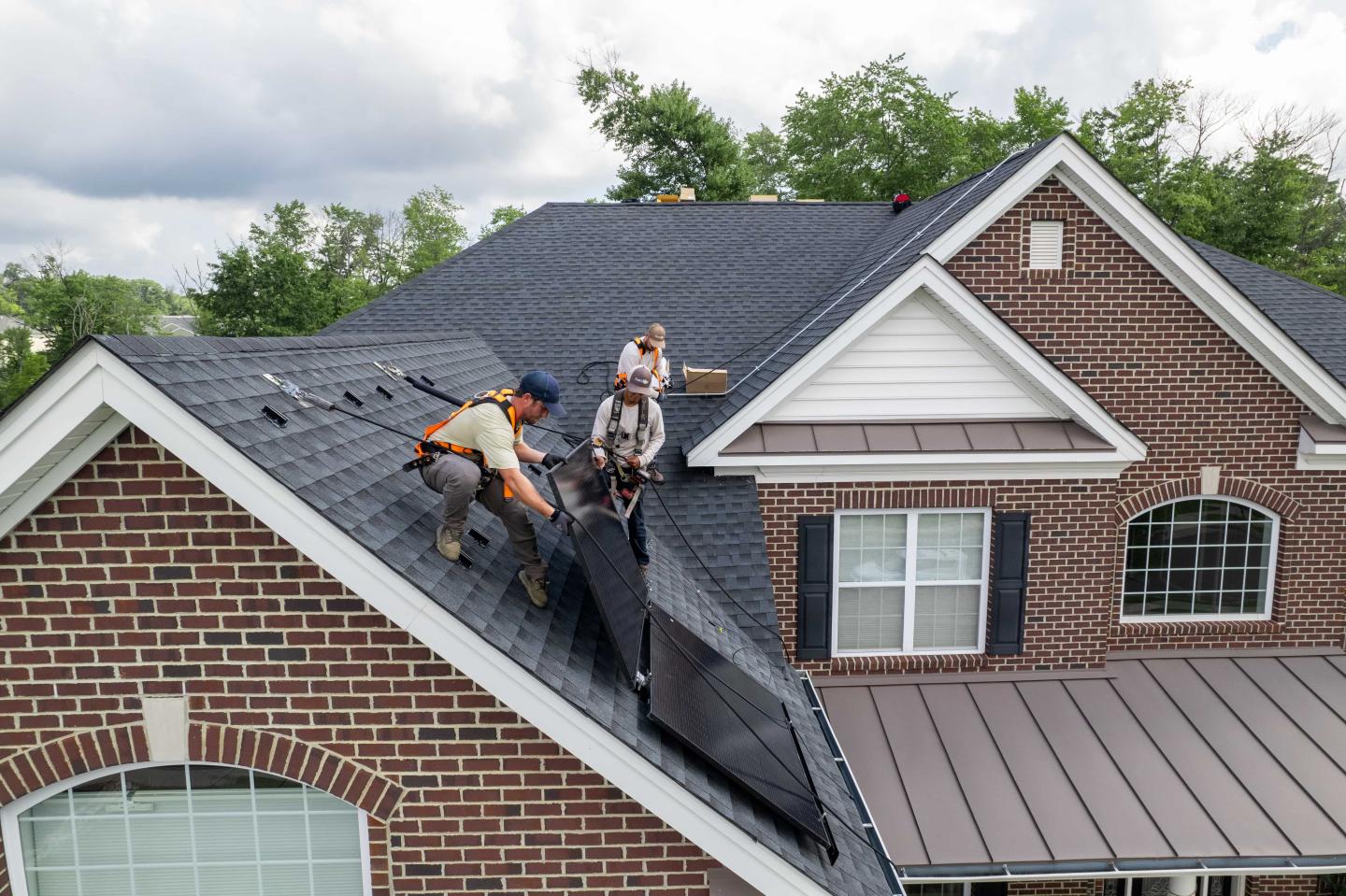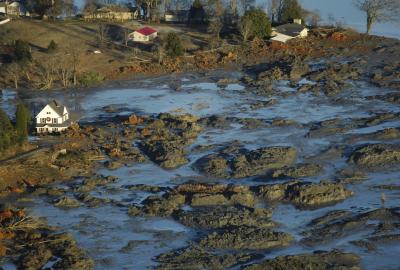The fastest-growing jobs in the US are in wind and solar power. Trump administration plans could kill that growth.
Here are some things that Heath Bolyard, 24, loves about his job as a wind turbine technician: The thrill of climbing turbine towers more than 100 meters tall and looking out over a high ridge or acres upon acres of farmers’ fields: “Kind of incredible views,” he says. "The sunsets are the best in the world.”

Plus, with more than 75,000 turbines currently operational across the U.S., he says, “the job security is heavy.”
So heavy, in fact, that last summer the federal Bureau of Labor Statistics predicted that wind turbine service technician would be the fastest-growing job in the country over the next decade.
Solar power installer came in at No. 2.
The number of jobs in those two fields were expected to grow by 60% and 48%, respectively, by 2033. What’s more, at a time when many are struggling to afford the necessities of life — homes, cars, groceries — the wind and solar power industries could create, over the next eight years, tens of thousands of good-paying jobs for Americans without four-year college degrees.
Now, though, that opportunity is threatened by a host of actions led by the Trump administration and its allies in Congress to claw back federal investment in clean, renewable energy. In fact, a new report finds that more than 42,000 clean energy jobs have already been lost or stalled since the election.
“Federal investments in clean energy create jobs, lower the cost of electricity and improve Americans’ health,” says federal policy expert Nicholas Glover of the nonprofit Environmental Defense Fund. “We need leaders in Congress to realize that they have the ability to protect these jobs.”
Steady job growth
Wind and solar jobs have been growing dramatically for at least 15 years, according to the U.S. Department of Energy. In fact, there are currently more than two and a half times as many jobs producing electricity from wind and solar as there are in fossil fuel electricity.
When Nick Del Grosso joined Exact Solar, a Bucks County, Pennsylvania company, as an installer nine years ago, he was 25. “I was just looking for a career with more growth opportunity. I was always interested in green energy. And it was a perfect fit,” Del Grosso says.

At the time, he had an associate's degree in communications and a part-time job in radio. The solar job offered not just full-time work, but healthcare benefits, disability insurance and a 401k plan with an employer match. The job has enabled him to purchase a home and a car and a Harley Davidson Road King.
Del Grosso is not alone in finding the profession to be a good-paying one. Landon Reilley, now 25, started his first job as a solar installer in the Denver area before he turned 20. Within nine months, he was promoted to foreman and started earning more than $100,000 a year. “I did a lot of investments and used that money to buy a house and a vehicle,” Reilley says.
Every installer interviewed for this article talked about the intangible rewards too: working outside, learning new things, the camaraderie among installation crews.
“Being an installer is a serious job, but you have a lot of fun with the guys you’re working with. It’s kind of like a brotherhood,” says Jared DuBois, of Clayco Solar in Tucson. (Women make up about 30% of the solar workforce but only about 10% of solar installation and development workers.)
DuBois and other solar installers also talk up the opportunities for career advancement. Del Grosso has worked his way up to become Exact Solar’s assistant operations manager. Reilley is training to become a licensed journeyman electrician and hopes to return to the solar field.
DuBois, who started as an installer at Clayco 10 years ago, now works directly with clients to understand what they want and explore their solar options.
“There are lots of different ways to move up the ranks,” he says. “This is a job I would definitely recommend to other people — 100%.”
Environmental news that matters, straight to your inbox
What will happen to wind and solar power jobs now?
On his first day in office, President Trump made his intentions about clean energy perfectly clear. Not only did he sign a storm of executive orders that would reverse federal progress on climate change and clean air, he also threatened tariffs on materials and components used in the construction of wind farms and solar arrays. (Those tariffs are now in place.)
“We’re not going to do the wind thing,” he promised audiences at an Inauguration Day rally. "Big, ugly windmills — they ruin your neighborhood.”
Since then, the onslaught has only continued, with efforts — some ongoing, some halted by the courts — to block billions of dollars in already-contracted funding Congress has made available for clean energy projects. To pay for tax cuts that would disproportionately benefit wealthy Americans, the president’s allies in Congress are pushing to repeal tax credits for developers who build large wind, solar and battery storage projects, consumers and businesses who install solar panels and companies that manufacture components used to generate clean energy.

The wind and solar industries are already spooked. Kevin Johnson, cofounder and partner in Caelem Ventures, which invests in large-scale clean energy projects, says that the investors who front cash for large projects like offshore wind farms that create thousands of jobs want certainty about costs and income streams before they commit. Erratic decisions in Washington and questions of legality are obstacles to growth. “Steady, predictable policy is incredibly important for all infrastructure investments,” he says. “Some of these reversals and questions make it very challenging to be able to allocate capital effectively.”
As it is, developers have paused or pulled out of at least two offshore wind power projects since the Inauguration – projects that would have employed more than 50,000 and supplied pollution-free electricity to more than 1.3 million homes.
In Pennsylvania, Del Grosso’s boss at Exact Solar, Doug Edwards, is seeing that uncertainty playout firsthand. Though his company tripled in size over the last four years, growing from 17 employees to 50, and solar is no longer a hard sell, he’s not sure he will be able to hire new employees this year.
“I could read off to you verbatim emails from customers just in the last couple months saying, 'You know what, we've been really looking forward to doing this and thought we were ready to jump in. But until the dust settles, we're going to sit tight.’”
Like EDF’s Glover, he urges Americans to reach out to their representatives in Congress and to the White House itself in support of clean energy and the jobs it can create. In support of workers like Heath Bolyard, Nick Del Grosso, Landon Reilley and Jared DuBois.
“We hire from the tech schools, the trade schools. We’re doing real, tangible work, creating real jobs,” says Edwards.
“We’re trying to make sure that everybody understands what’s at risk.”


